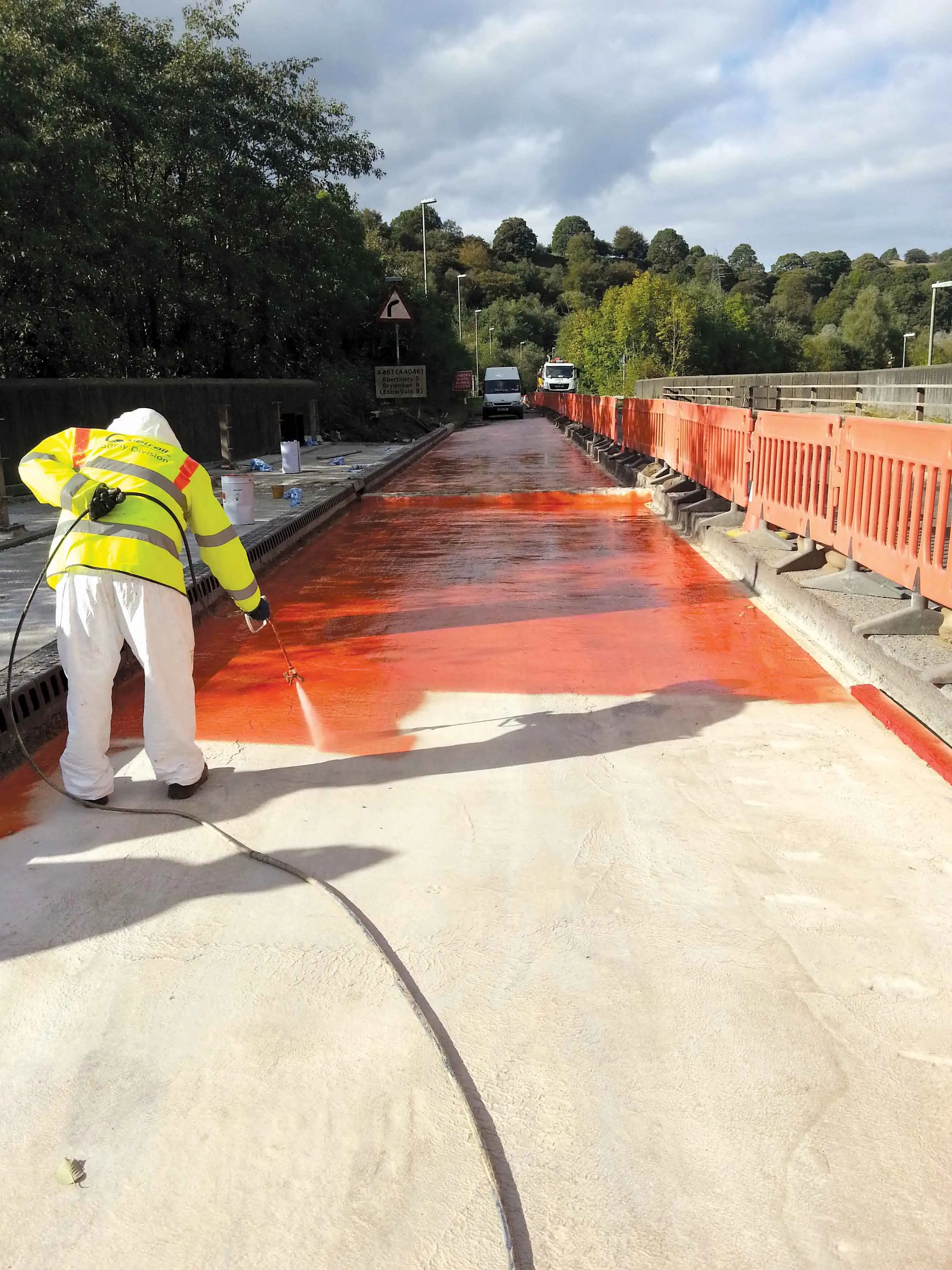
Carbon fibre is flexible and versatile with a superior strength-to-mass ratio than traditional reinforcing methods. It allows a significant increase in performance without adding additional significant dead load, making it less intrusive as well as quicker and easier to install compared to traditional methods.
Carbon fibre strengthening comes in many different forms - plates, rods, near-surface mounted plates, fabrics and shear links. These are fixed using a range of high-performance structural adhesives. It is increasingly popular as a solution for not only reinforced concrete but also steel, cast iron, wood and masonry structures due to its strength, light weight, easy-handling ability, durability, superb adhesion and rapid installation where downtime of a structure is in short supply.
By installing Sika CarboDur, it is possible to improve the load carrying capability of the bridge so it can carry additional wheel loads and be fit for modern road standards. Carbonfibre reinforced polymer strengthening solution can be installed overnight when using the Sika CarboHeater to encourage earlier curing, even at lower temperatures.
Sika is a Swiss specialty chemicals company with a leading position in the development and production of systems and products for bonding, sealing, damping, reinforcing, and protecting in the building sector.









